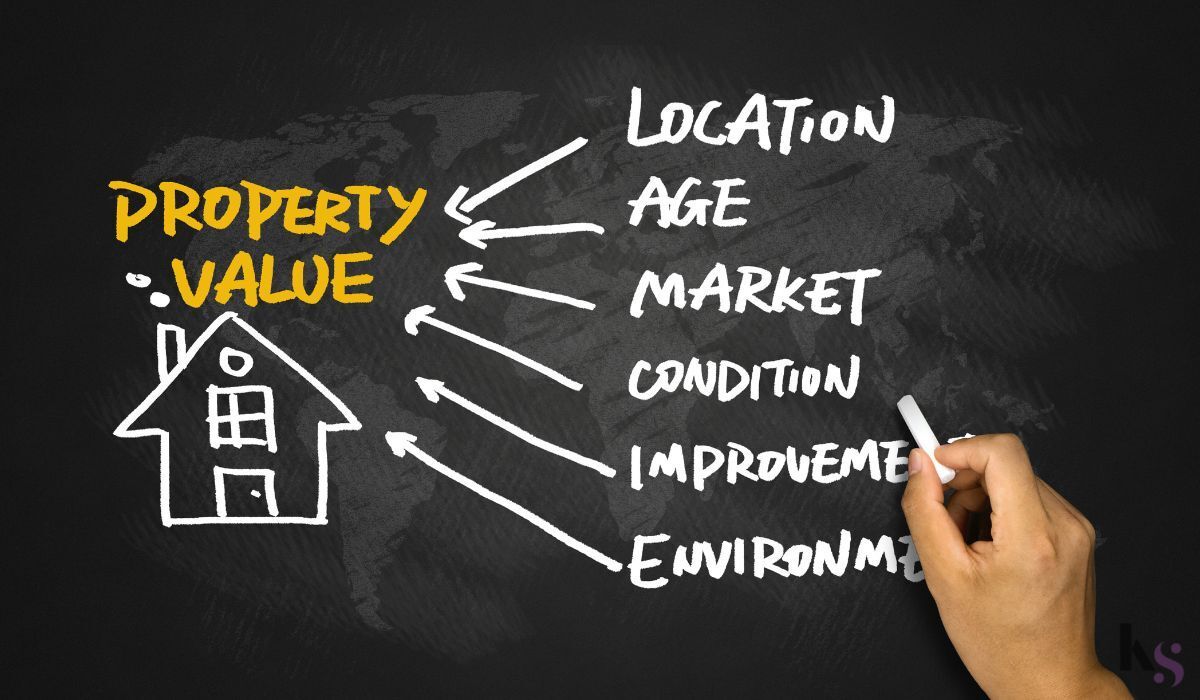
Buying your first home? It’s a thrilling leap, but it can feel like a mountain of questions and worries. Did you know the typical down payment for a first-time home buyer in 2025 is around $8,200, covering about 6% of the average home price for new buyers?
That’s a big step, but it’s doable with the right plan. This guide is here to help first-time home buyers navigate the real estate market for beginners, from securing mortgage pre-approval to finding down payment assistance.
You’ll get clear, practical tips to tackle the process with confidence and make your dream home a reality.
If you found our tips on how to choose a chiropractor helpful, you’re in for another straightforward guide. This article sets you up for success in home buying, and our next post will dive into understanding home value to keep you informed every step of the way.
Why Buying Your First Home Is a Big Deal
Purchasing a home is one of the largest financial commitments you’ll make. It’s not just about finding a place to live—it’s about building wealth, gaining stability, and creating a space that’s truly yours. However, the process can be intimidating, especially if you’re new to the real estate market. Common fears include:
- Financial uncertainty: Can I afford a home?
- Complex processes: What’s a mortgage pre-approval, and why do I need it?
- Market challenges: How do I compete in a hot real estate market?
This guide will break down each step, empowering you to navigate the process with confidence.
Step 1: Assess Your Finances
Before diving into the real estate market for beginners, evaluate your financial situation. Homeownership comes with upfront and ongoing costs, so preparation is key.
Key Financial Considerations:
- Budget: Calculate how much you can afford to spend monthly on a mortgage, including taxes, insurance, and maintenance. A general rule is that housing costs should not exceed 28–30% of your gross monthly income.
- Credit Score: A higher credit score (ideally 620 or above) can secure better mortgage rates. Check your score and address any issues, like paying down debt, before applying for a loan.
- Savings: You’ll need funds for a down payment, closing costs (2–5% of the home price), and an emergency fund for unexpected repairs.
Down Payment Assistance Programs
Saving for a down payment is a common hurdle for first-time home buyers. Fortunately, down payment assistance programs can help. These programs, offered by state or local governments, nonprofits, or lenders, provide grants or low-interest loans to cover part or all of your down payment. Examples include:
- FHA Loans: Require as little as 3.5% down for qualifying borrowers.
- USDA Loans: Offer 0% down for homes in eligible rural areas.
- State Programs: Many states offer assistance for first-time buyers, such as California’s CalHFA or New York’s SONYMA programs.
Research programs in your area and check eligibility requirements, which may include income limits or home price caps.

Step 2: Get Mortgage Pre-Approval
A mortgage pre-approval is a lender’s commitment to loan you a specific amount based on your financial profile. It’s a critical step for first-time home buyers because it:
- Clarifies your budget: You’ll know exactly how much you can borrow.
- Strengthens your offer: Sellers prefer buyers with pre-approval, as it shows you’re serious and financially capable.
- Speeds up the process: Pre-approval streamlines the final loan approval once you find a home.
How to Get Pre-Approved:
- Gather documents: Provide proof of income (pay stubs, tax returns), assets (bank statements), and identification.
- Shop lenders: Compare rates and terms from banks, credit unions, or mortgage brokers.
- Submit your application: The lender will review your credit, income, and debt-to-income ratio (DTI). Aim for a DTI below 43% for better approval odds.
Pre-approval typically lasts 60–90 days, so time it close to when you’re ready to house hunt.
Step 3: Understand the Real Estate Market for Beginners
The real estate market can feel overwhelming, but understanding its basics helps you make informed decisions. Here’s what first-time home buyers need to know:
- Market Conditions: In a seller’s market (high demand, low inventory), homes sell quickly, and you may face bidding wars. In a buyer’s market (low demand, high inventory), you have more negotiating power.
- Location Matters: Research neighborhoods for safety, schools, amenities, and future growth potential. A slightly smaller home in a desirable area may be a better investment than a larger one in a less stable location.
- Work with a Realtor: A buyer’s agent represents your interests, helps you find properties, and negotiates on your behalf. Most agents are paid by the seller, so there’s no cost to you.
Tips for Navigating a Competitive Market
- Be flexible with your must-haves: Prioritize needs (e.g., number of bedrooms) over wants (e.g., a large backyard).
- Act quickly: Pre-approval and readiness to make an offer can help you beat other buyers.
- Consider fixer-uppers: Homes needing minor repairs may be more affordable and less competitive.
Step 4: Make an Offer and Close the Deal
Once you find a home, it’s time to make an offer. Your realtor will help you draft a purchase offer, including:
- Offer Price: Based on comparable homes (comps) and market conditions.
- Contingencies: Conditions like a home inspection or financing approval that protect you if issues arise.
- Earnest Money: A deposit (typically 1–2% of the purchase price) showing your commitment.
If the seller accepts, you’ll move to closing, which involves:
- Home Inspection: Hire a professional to check for structural or system issues. Negotiate repairs or price adjustments if needed.
- Appraisal: Your lender will appraise the home to ensure it’s worth the loan amount.
- Final Loan Approval: Submit any remaining documents to your lender.
- Closing: Sign paperwork, pay closing costs, and get the keys!

Step 5: Plan for Homeownership
Congratulations, you’re a homeowner! But the journey doesn’t end at closing. Prepare for ongoing responsibilities:
- Mortgage Payments: Set up automatic payments to avoid missing due dates.
- Maintenance: Budget 1–2% of your home’s value annually for upkeep (e.g., HVAC servicing, roof repairs).
- Insurance: Homeowners insurance is required by lenders and protects against damage or liability. Consider additional coverage like flood insurance if needed.
Common Pitfalls to Avoid
- Overextending Your Budget: Factor in all costs, not just the mortgage payment.
- Skipping Pre-Approval: Without it, you risk losing your dream home to a prepared buyer.
- Ignoring Assistance Programs: Down payment assistance can make homeownership more accessible.
- Rushing the Process: Take time to research and avoid pressure to buy before you’re ready.
Final Thoughts
Buying your first home is a significant step, but with preparation, it’s achievable. Start by assessing your finances, securing mortgage pre-approval, and researching the real estate market for beginners. Explore down payment assistance to ease financial burdens and work with professionals to guide you. By taking it one step at a time, you’ll turn the dream of homeownership into reality.
Ready to start? Check with local lenders for pre-approval and explore down payment assistance programs in your area. Happy house hunting!

